The Coneshaped Hydrangea: A Beautiful And Easytogrow Shrub
The Cone-Shaped Hydrangea: A Beautiful and Easy-to-Grow Shrub
Hydrangeas are some of the most popular flowering shrubs in the world, and for good reason. They come in a wide variety of colors, sizes, and shapes, and they can be grown in a variety of climates. One of the most popular types of hydrangea is the cone-shaped hydrangea (Hydrangea paniculata). These shrubs are known for their large, cone-shaped flower clusters that can bloom in a variety of colors, including white, pink, and blue. Cone-shaped hydrangeas are also relatively easy to grow and care for, making them a great choice for gardeners of all skill levels.
In this blog post, we will discuss everything you need to know about cone-shaped hydrangeas, including their history, different varieties, how to grow them, and how to care for them. We will also provide some tips on how to choose the right cone-shaped hydrangea for your garden.
History of Cone-Shaped Hydrangeas
Cone-shaped hydrangeas are native to Asia, where they have been cultivated for centuries. The first cone-shaped hydrangeas were introduced to Europe in the early 1800s, and they quickly became popular among gardeners. In the United States, cone-shaped hydrangeas were first introduced in the mid-1800s, and they have been popular ever since.
Different Varieties of Cone-Shaped Hydrangeas
There are many different varieties of cone-shaped hydrangeas available, each with its own unique characteristics. Some of the most popular varieties include:
- Limelight Hydrangea: This variety is known for its large, lime-green flower clusters that bloom in late summer and early fall.
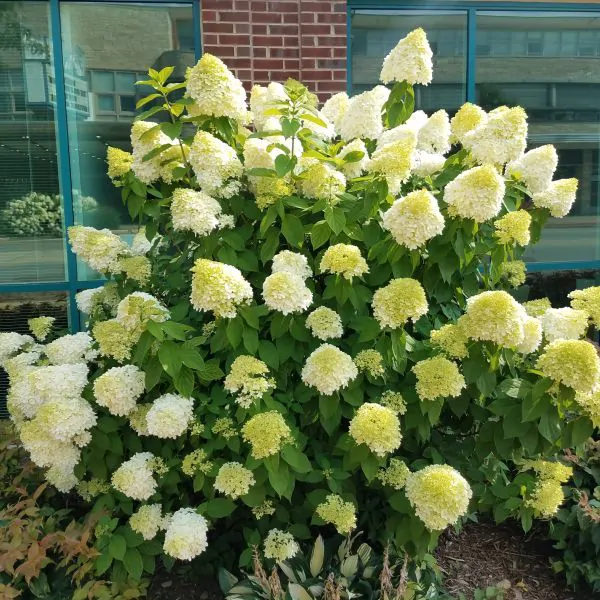
- Quickfire Hydrangea: This variety is known for its early bloom time and its bright pink flower clusters.
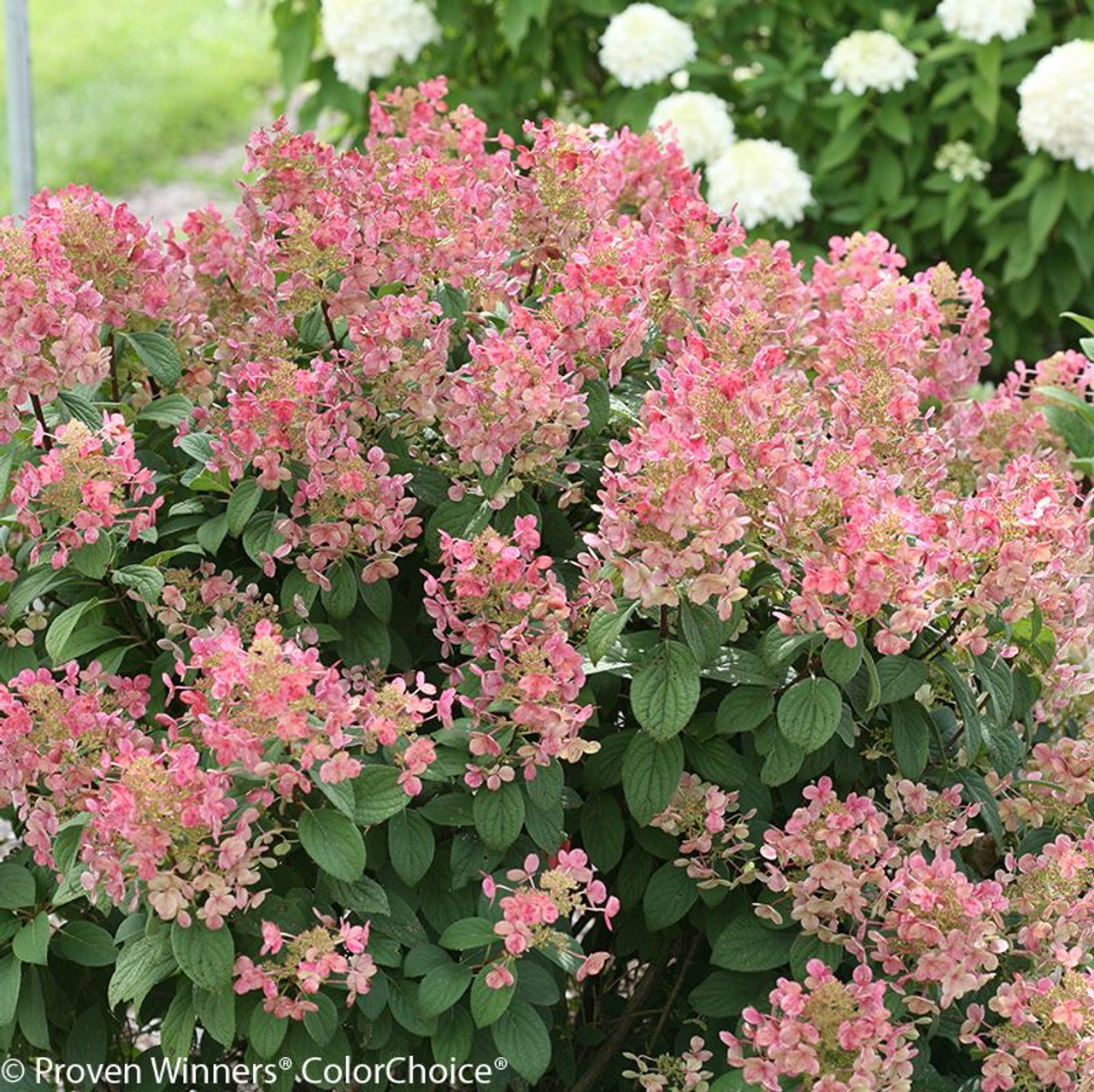
- PeeGee Hydrangea: This variety is known for its upright growth habit and its white flower clusters that bloom in late summer and early fall.
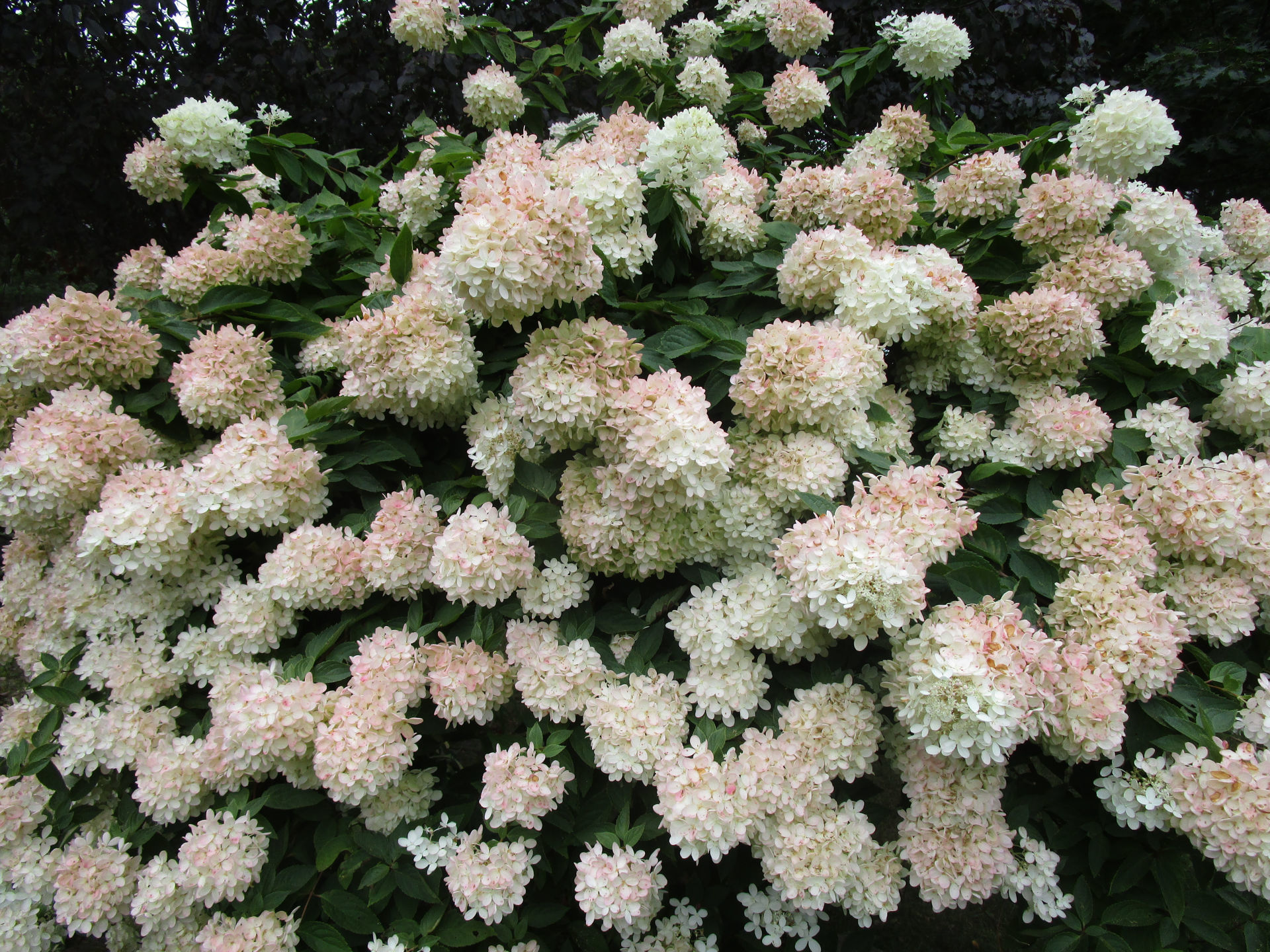
- Little Lime Hydrangea: This variety is a dwarf variety that grows only 3-5 feet tall. It has lime-green flower clusters that bloom in late summer and early fall.
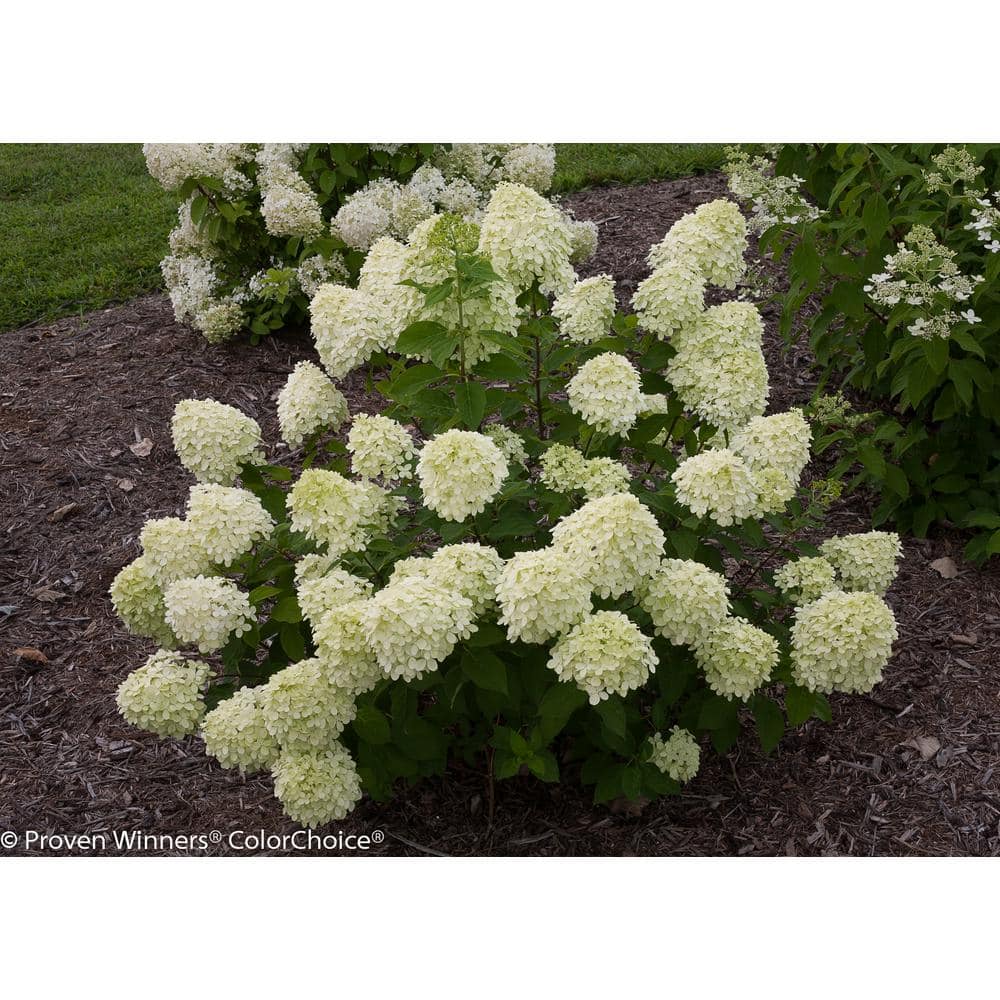
- Tardiva Hydrangea: This variety is known for its late bloom time and its blue flower clusters.
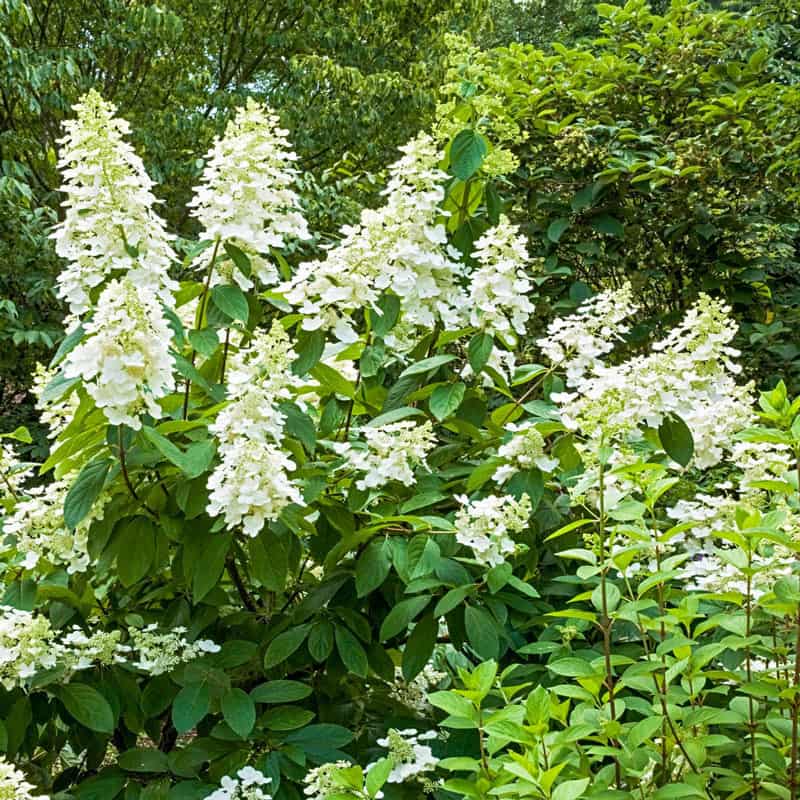
How to Grow Cone-Shaped Hydrangeas
Cone-shaped hydrangeas are relatively easy to grow and care for. They prefer full sun to partial shade and well-drained soil. They are also relatively drought tolerant, but they will appreciate regular watering during the summer months. Cone-shaped hydrangeas are not particularly susceptible to pests or diseases.
Here are some tips on how to grow cone-shaped hydrangeas:
- Choose a planting site that receives full sun to partial shade.
- Amend the soil with compost or other organic matter before planting.
- Plant the hydrangea at the same depth it was growing in the nursery container.
- Water the hydrangea well after planting.
- Mulch around the hydrangea to help retain moisture and suppress weeds.
- Water the hydrangea regularly during the summer months, especially during hot, dry weather.
- Fertilize the hydrangea in the spring with a balanced fertilizer.
- Prune the hydrangea in the early spring to remove dead, damaged, or diseased wood.
How to Care for Cone-Shaped Hydrangeas
Cone-shaped hydrangeas are relatively low-maintenance plants. However, there are a few things you can do to keep them healthy and looking their best:
- Water the hydrangea regularly, especially during the summer months.
- Fertilize the hydrangea in the spring with a balanced fertilizer.
- Prune the hydrangea in the early spring to remove dead, damaged, or diseased wood.
- Protect the hydrangea from pests and diseases.
- Deadhead spent flowers to encourage new blooms.
Conclusion
Cone-shaped hydrangeas are beautiful, easy-to-grow shrubs that can add a touch of elegance to any garden. With proper care, they will thrive for many years to come.
If you're looking for a hydrangea with cone-shaped flowers, then you'll want to check out panicle hydrangeas. These hardy shrubs are known for their large, showy blooms that can last for weeks. And best of all, they're relatively easy to grow.
Panicle hydrangeas come in a variety of colors, including white, pink, blue, and purple. They can grow up to 6 feet tall and wide, so they make a great statement plant in the garden. They're also deer-resistant, so you don't have to worry about them being eaten by hungry animals.
If you're interested in learning more about panicle hydrangeas, I recommend visiting . This website has a wealth of information about these beautiful plants, including care tips, planting instructions, and a gallery of photos.
FAQ of cone shaped hydrangea
1. What kind of hydrangea looks like a cone?
The most common type of hydrangea that looks like a cone is the panicle hydrangea. Panicle hydrangeas have cone-shaped flower heads in colors of white, pink, or blue that bloom for weeks in summer and fall. They are hardy in USDA zones 3-9 and prefer full sun to partial shade.
2. Why are cone-shaped hydrangeas called that?
Cone-shaped hydrangeas are called that because their flower heads are shaped like cones. The flower heads are made up of many individual florets, which are arranged in a spiral pattern. The florets start out as green and gradually turn white, pink, or blue as they mature.
3. How do I care for a cone-shaped hydrangea?
Cone-shaped hydrangeas are relatively easy to care for. They need to be planted in well-drained soil and watered regularly, especially during hot, dry weather. They also benefit from being fertilized in the spring and fall. To encourage blooms, you can prune cone-shaped hydrangeas in the spring, after the last frost.
4. How do I deadhead a cone-shaped hydrangea?
To deadhead a cone-shaped hydrangea, simply pinch off the spent flower heads. You can do this by hand or with a pair of shears. Deadheading will encourage the plant to produce more blooms.
5. What are some pests and diseases that can affect cone-shaped hydrangeas?
Cone-shaped hydrangeas are susceptible to a few pests and diseases, including:
- Aphids: Aphids are small, soft-bodied insects that can suck the sap out of hydrangea leaves. They can cause the leaves to wilt and turn yellow.
- Leaf spot: Leaf spot is a fungal disease that can cause brown spots to appear on hydrangea leaves. The spots may be surrounded by a yellow halo.
- Powdery mildew: Powdery mildew is another fungal disease that can affect hydrangeas. It causes a white, powdery coating to appear on leaves, stems, and flowers.
If you notice any pests or diseases on your cone-shaped hydrangea, you can treat them with an insecticidal soap or fungicide.
Image of cone shaped hydrangea
5 different images of "cone shaped hydrangea" from Pinterest:
- Panicle hydrangea in full bloom, with cone-shaped flower heads in white.
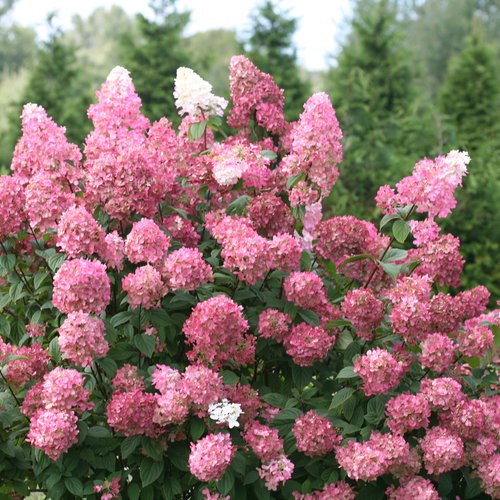
- Lime green panicle hydrangea in the summer, with cone-shaped flower heads that start out lime green and then turn white as they mature.

- Panicle hydrangea in fall, with cone-shaped flower heads that have turned a warm brown color.

- A group of panicle hydrangeas in a garden, with their cone-shaped flower heads in various shades of white, pink, and blue.
- A close-up of a panicle hydrangea flower head, showing the individual florets that make up the cone shape.
Post a Comment for "The Coneshaped Hydrangea: A Beautiful And Easytogrow Shrub"